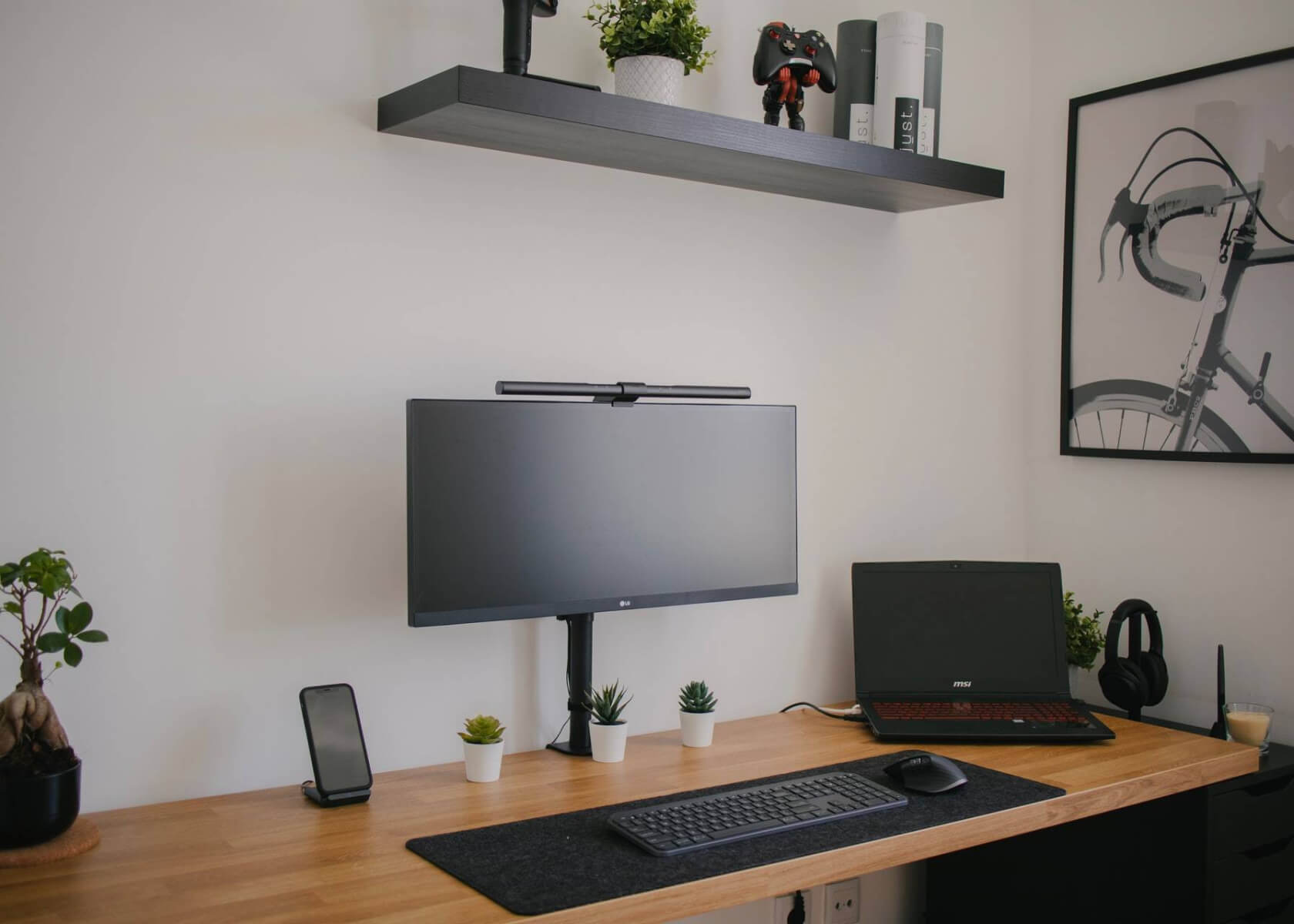Creating Personalized Templates in Notion: Boost Productivity with Customizable Solutions

New to Notion?
How to Create Personalized Templates for Enhanced Productivity in Notion
Notion is a powerful productivity tool that allows you to organize your work and personal life in one place. One of its standout features is the ability to create personalized templates that serve as building blocks for various projects and tasks. This guide walks you through creating personalized templates in Notion using up-to-date features and best practices to boost your productivity.
Why Use Personalized Templates?
Using personalized templates in Notion can significantly enhance your productivity for several reasons:
- Consistency: Templates ensure a consistent structure for organizing your information, allowing you to establish a standardized workflow that you can easily replicate across projects.
- Time-saving: With pre-designed layouts for routine tasks, you eliminate the need to recreate the same structure repeatedly. Start with a template and customize it to fit your specific needs.
- Efficiency: Templates streamline your workflow by guiding you through necessary steps and prompting you to fill in relevant information. This helps you focus on executing your tasks instead of setting them up each time.
- Flexibility: Notion templates are highly adaptable. You can modify them as your projects evolve, your goals change, or new ideas emerge.
Now, let’s explore how to create your personalized templates in Notion.
Step-by-Step Guide to Creating Personalized Templates
Step 1: Identify Your Template Needs
Before you begin, determine the types of tasks or projects you work on frequently. Consider which recurring elements require a consistent structure. Common examples include:
- Meeting notes
- Project management
- Content creation
- Task tracking
- Personal goal setting
Step 2: Define the Structure
Once you have identified your template types, plan the overall structure and layout. Consider these key elements:
- Headers and Sections: Organize your template with clear headers to separate different parts.
- Properties and Attributes: Decide on details such as dates, status, or priority that you want to include.
- Checklists: Incorporate checklists to track tasks or steps effectively.
- Template Buttons: Use the Template Button feature to quickly insert pre-formatted blocks or recurring sections as needed. Recent updates have streamlined this process, making it easier to duplicate entire sections with a single click.
Step 3: Customize Blocks and Modules
Notion offers a variety of blocks to build your templates. Customize these based on your requirements:
- Text Block: Add descriptive text, instructions, or key notes.
- Database Block: Create structured collections of related information that can be tailored with various properties and views such as calendar, board, or list view.
- Table Block: Organize data in a clear, tabular format.
- Checklist Block: Outline actionable tasks or steps.
- Embed Block: Integrate external content such as web pages, documents, or media files, which Notion now supports more seamlessly.
Step 4: Create Template Pages
Start by creating a new blank page in Notion to build your template. Give the page a descriptive title that clearly identifies its purpose. This practice will help keep your templates organized within your workspace.
Step 5: Add and Arrange Blocks
Using the structure defined in Step 2, begin adding blocks to your template page. Arrange them logically to ensure seamless navigation and a natural flow of information. Include all necessary details, checklists, and sections so that the template covers every part of your process.
Step 6: Create Database Templates
For templates that require structured data—such as a project management or content calendar template—take advantage of Notion’s enhanced database features. Databases allow you to store and manage collections of information, with each entry customizable through properties, filters, and versatile views like calendar or board view.
Step 7: Customize Page Properties
Enhance your templates by assigning properties to each page. This allows you to add metadata such as due dates, statuses, priority levels, or tags. With these properties in place, you can quickly filter and sort your content to locate the information you need. For more details, check out the Due date guide.
Step 8: Save Templates for Future Use
After finalizing your personalized template, save it for future use. In Notion, use the "Template" option available in the top right corner of your page options. This saves your design as a master copy that you can duplicate whenever needed, ensuring your original template remains unchanged.
Conclusion
Personalized templates are game-changers when it comes to boosting productivity in Notion. By tailoring templates to your specific needs, you save time, establish consistency, and streamline your workflow. Follow this step-by-step guide to build personalized templates in Notion today and elevate your productivity to the next level.
Happy templating!


